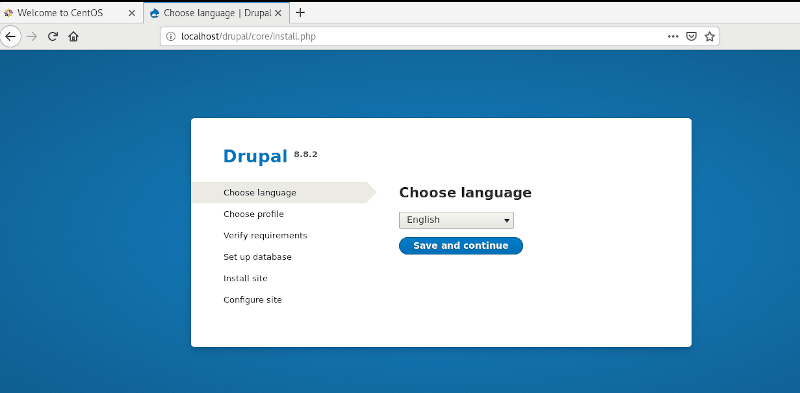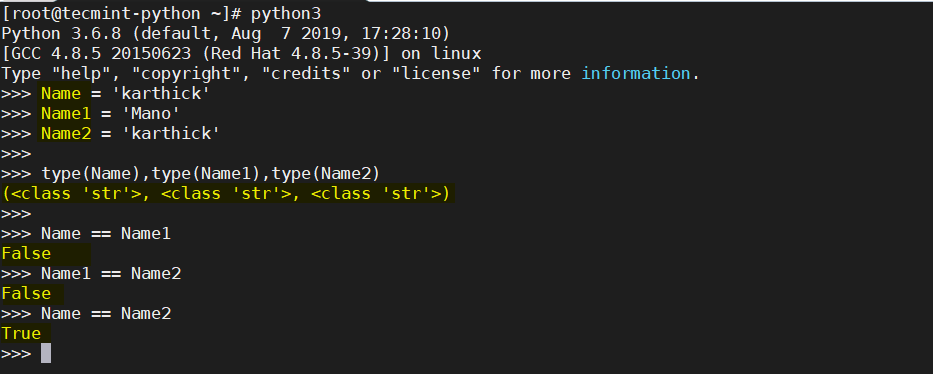When it comes to creating websites, one of the easiest ways to have your site up and running is using a CMS (content management system) that usually comes with bundled PHP code and all themes and plugins you need. Apart from WordPress, the other popular CMS is Joomla. Joomla is a free and open-source CMS
Make Linux Great Again
Learn Python Sys Module
In this article, we will take a look at the Python Sys Module. There are variables and functions that are maintained by the interpreter and the sys module provides a way of interacting with them. These variables are available until the interpreter is alive. We will have a glance at some of the commonly used
How to Install KVM on CentOS/RHEL 8
Kernel-based Virtual Machine (KVM in short) is an open-source and de facto standard virtualization solution that is tightly integrated into Linux. It is a loadable kernel module that turns Linux into a type-1 (bare-metal) hypervisor that creates a virtual operating platform used to run virtual machines (VMs). Under KVM, each VM is a Linux process
How to Install Joomla on Debian 10
Joomla is a popular and widely used CMS (Content Management System) used for creating websites with little or no knowledge in markup or web programming languages. It ships with lots of PHP code, plugins, and themes that can help you get started from the ground up in no time. In this guide, we are going
How to Install Drupal on CentOS 8
Drupal is a free and open-source CMS written in PHP that ships with the GNU / GPL license. Just like popular CMS platforms such as WordPress and Joomla, with Drupal, you can get started with creating your own blog or website from the ground up with little or zero knowledge of web programming or markup
3 Ways to Create a Network Bridge in RHEL/CentOS 8
A network bridge is a data-link layer device that interconnects two or more network segments, offering communication between them. It creates a single network interface to set up a single aggregate network from multiple networks or network segments. It forwards traffic based on the MAC addresses of hosts (stored in a MAC address table). Linux
How to Reset Forgotten Root Password in CentOS 8
It’s not uncommon for users to forget their root password. This happens especially if you haven’t logged in as the root user for long periods of time. In this brief guide, we will walk through the steps of resetting a forgotten root password in CentOS 8 Linux. Read Also: How to Set Up Automatic Updates
How to Set Up IPsec-based VPN with Strongswan on CentOS/RHEL 8
strongSwan is an open-source, multi-platform, modern and complete IPsec-based VPN solution for Linux that provides full support for Internet Key Exchange (both IKEv1 and IKEv2) to establish security associations (SA) between two peers. It is full-featured, modular by design and offers dozens of plugins that enhance the core functionality. Related Article: How to Set Up
How to Reset Forgotten Root Password in RHEL 8
In this guide, you will learn how to reset a forgotten root password on RHEL 8 server. Resetting the root password usually involves a few steps that will help you to reset the root password and you will thereafter be able to log in using the new root password. Related Read: How to Reset Forgotten
Learn Python Identity Operator and Difference Between “==” and “IS” Operator
This article is mainly curated to explain an important operator in python (“IDENTITY OPERATOR”) and how an identity operator differs (is, is not) from comparison operator (==). IDENTITY OPERATOR Identity operator (“is” and “is not”) is used to compare the object’s memory location. When an object is created in memory a unique memory address is










